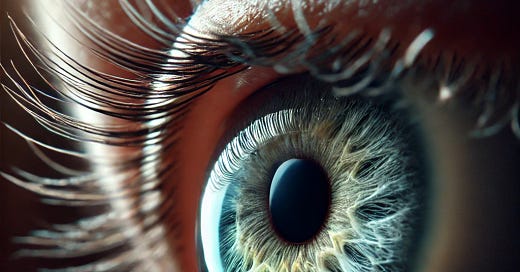STORY AT-A-GLANCE
Long-term sun exposure—especially without eye protection—is linked to a significantly higher risk of cortical cataracts.
A major population-based study found those with the most sun exposure had up to a 60% increased risk of developing this common form of lens damage.
UV-B rays from sunlight penetrate the eye, damaging lens proteins through oxidative stress.
Cortical cataracts often start as wedge-shaped opacities, spreading from the outer lens toward the center, leading to glare, blurred vision, and poor night driving.
Wearing UV-blocking sunglasses and wide-brimmed hats is a simple, powerful way to reduce your risk—especially if you're outdoors frequently.
What the Research Shows
A 1998 study published in the Archives of Ophthalmology followed a large group of individuals over time to investigate the connection between sunlight exposure and cataract formation.
The findings were clear:
Individuals with higher cumulative lifetime sun exposure had a markedly increased risk of cortical cataracts.
The risk climbed as high as 60% in those with the most UV exposure and minimal protection.
This type of cataract specifically affects the lens cortex—the outer layer—where UV-induced oxidative damage gradually breaks down lens fibers and proteins.
Why UV Light Damages the Eye
UV-B radiation penetrates the front of the eye and gets absorbed by the lens, where it triggers free radical formation.
Over time, these oxidative reactions cloud the lens, especially in those who lack sufficient antioxidant protection.
The lens has limited regenerative ability. Once the damage builds, cataract formation becomes inevitable unless surgically removed.
Who’s Most at Risk?
Outdoor workers (construction, farming, lifeguards, athletes)
People living in sunny or high-altitude climates
Individuals who rarely wear sunglasses or hats
Those with low antioxidant intake or chronic inflammation
What You Can Do
Invest in high-quality UV-blocking sunglasses (not all lenses protect equally).
Wear a wide-brimmed hat when outside for long periods.
Support your eyes with antioxidant-rich foods and nutrients like vitamin C, glutathione, and lutein.
Avoid midday sun when UV radiation is strongest (10 AM–3 PM).
Be extra cautious around water, sand, and snow, which reflect UV rays into the eyes.




